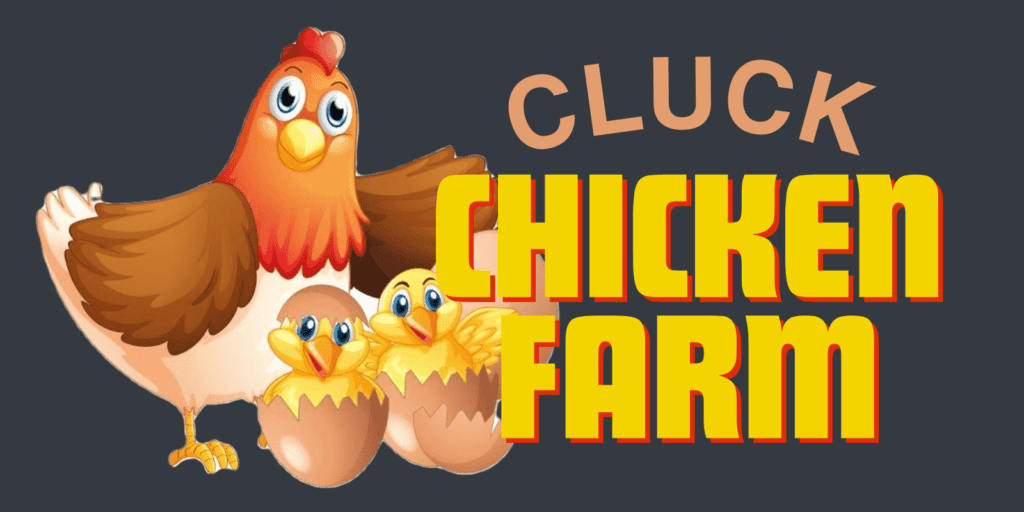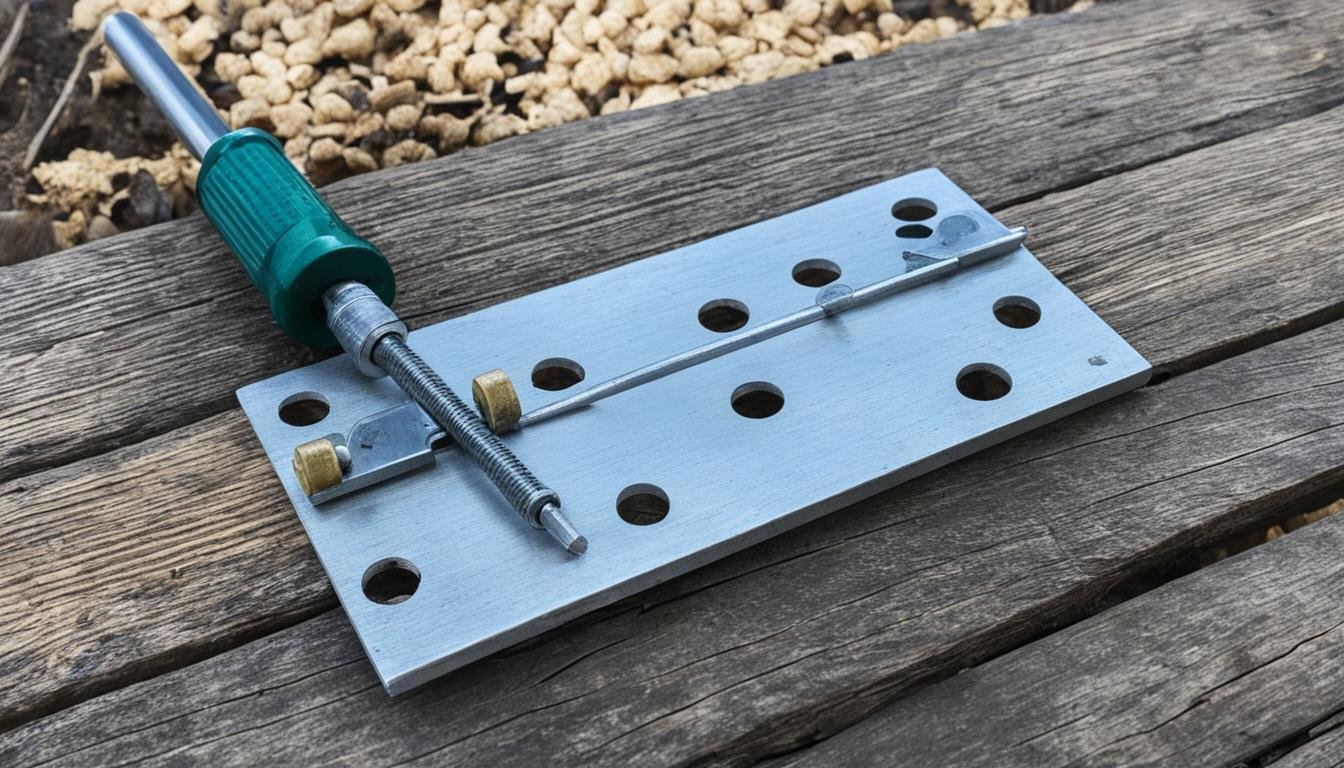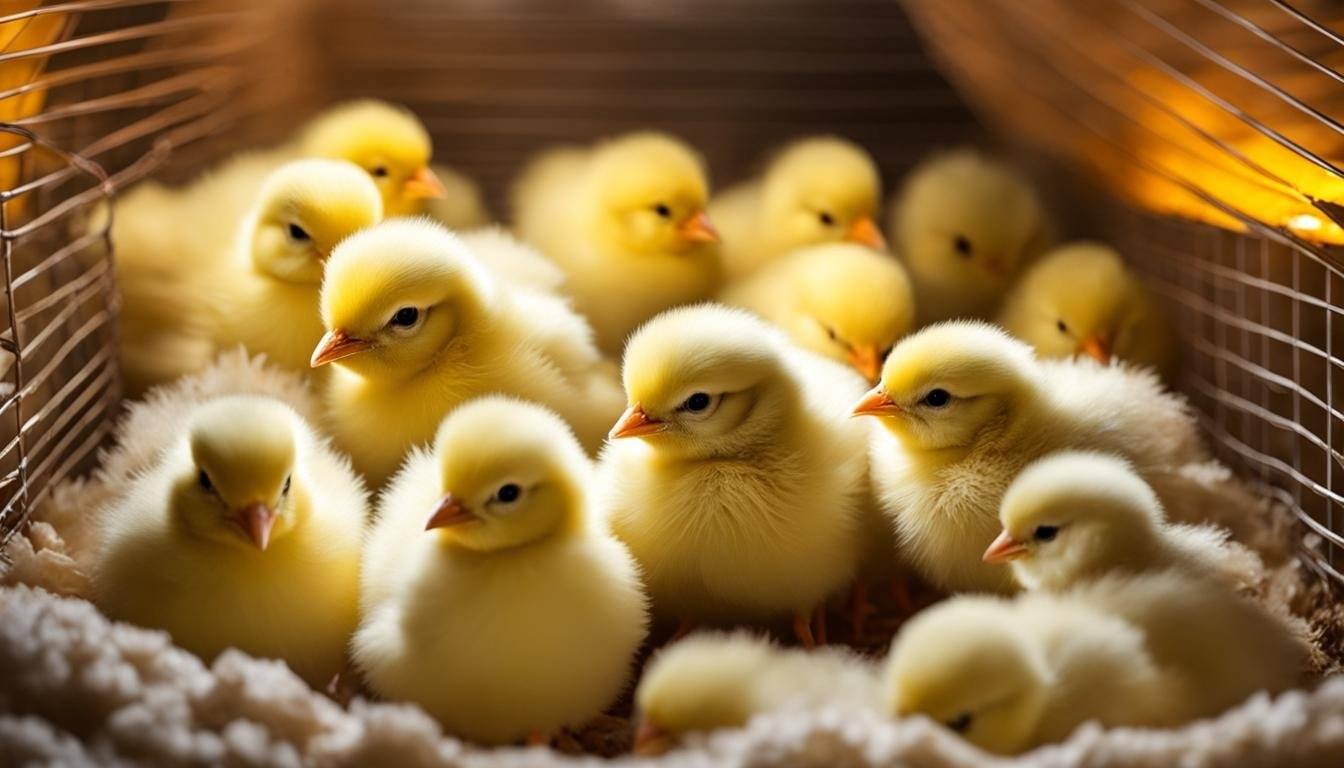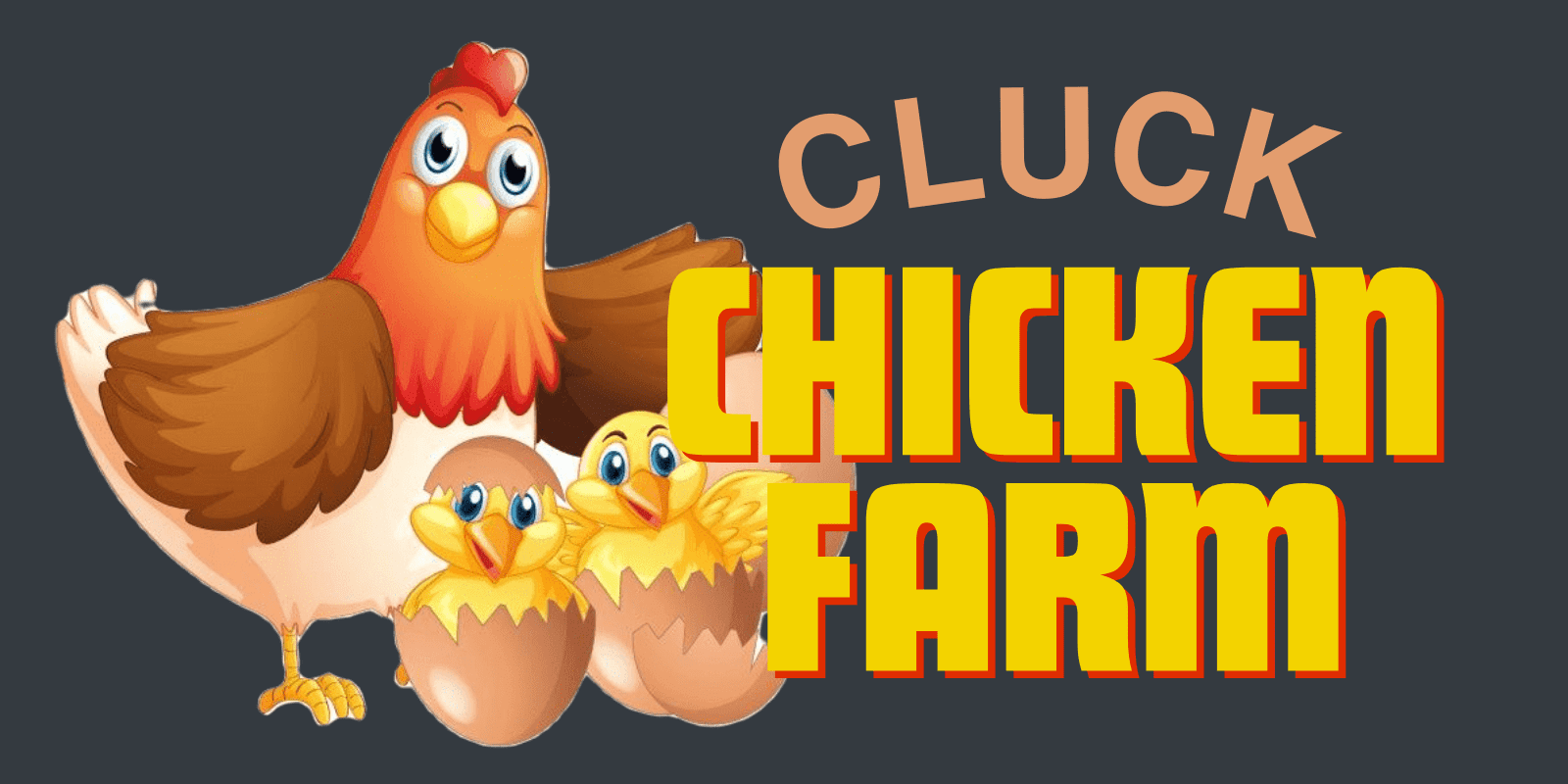Building a chicken run with a roof is a crucial step in creating a secure and efficient backyard farming environment. Not only does it protect your flock from predators and the elements, but it also provides a designated space for them to roam and forage. In this easy guide, we will walk you through the process of constructing a sturdy and weatherproof chicken run to ensure the safety and well-being of your feathered friends.
Whether you are a seasoned chicken keeper or a beginner, this step-by-step tutorial will help you create a chicken run that meets your needs. From designing the structure to installing the roof, we will cover all aspects of chicken run construction. By following our instructions and using quality materials, you can build a functional and attractive chicken run that will enhance your backyard farming experience.
So, if you’re ready to get started and learn how to build a chicken run with a roof, let’s dive in!
Step 1: The Design
Designing your chicken run is the first step towards creating a functional and secure space for your flock. Take into consideration factors like size, roof design, and accessibility.
Size and Footprint
Start by determining the size of your chicken run. An 8-foot by 6-foot footprint provides ample space for your chickens to roam comfortably. This size allows for easy cleaning and maintenance while ensuring sufficient space for your flock to exercise.
Roof Design
Opt for a single-pitch sloping roof design to facilitate rainwater runoff. This design helps prevent water accumulation and potential leaks. The sloping roof also provides shade during hot weather, keeping your chickens cool and comfortable.
Using design tools like Sketchup can assist you in visualizing and planning your chicken run. This will help you create a well-organized and functional space that meets your specific requirements.
Once you have finalized the design of your chicken run, move on to the construction phase to bring your vision to life.
Step 2: The Footprint and Corners
To build a stable chicken run, you need to create a strong and durable foundation. Begin by creating the footprint of your chicken run using pressure-treated lumber. This will ensure that your structure is resistant to rot and decay, significantly extending its lifespan.
Here’s how you can create the footprint:
- Start by using two 8-footers and two 6-footers to form a rectangle.
- Attach the lumber using deck screws, ensuring a secure connection.
- Reinforce the corners of the rectangle by adding 7-foot 2x4s.
This reinforcement will give your chicken run extra stability, preventing it from shifting or collapsing. By using pressure-treated lumber, you can protect your chicken run from the elements, increasing its durability and longevity.
Key Takeaways:
- Create the footprint using pressure-treated 2x4s for increased durability.
- Form a rectangle using two 8-footers and two 6-footers.
- Secure the lumber with deck screws.
- Reinforce the corners with 7-foot 2x4s.

Creating a strong and stable foundation is crucial for the overall integrity of your chicken run. The footprint and reinforced corners will provide the necessary support for the structure, ensuring the safety and well-being of your chickens.
Step 3: Door Frame, Front and Back Walls
To ensure easy access to your chicken run and provide added security, it’s essential to build a sturdy door frame and construct the front and back walls. Follow these simple steps to complete this phase of your chicken run construction.
Building the Door Frame
Start by using 6-foot 2x4s to create the door frame for your screen door. Measure and cut the pieces according to your desired door size, ensuring the frame is strong and properly aligned. Use screws or nails to join the frame together securely.
Next, install the door frame on top of the bottom frame of your chicken run. Make sure it fits snugly and aligns with the rest of the structure. Secure the door frame to the bottom frame using screws or nails, ensuring it is firmly attached.
Constructing the Front and Back Walls
To create the front and back walls of your chicken run, use additional 2x4s. Measure and cut the pieces to the desired height, considering the overall size of your chicken run. Attach them vertically to the bottom frame and the side walls, using appropriate screws or nails.
Note that the back wall should be 1 foot shorter than the front wall to allow for the sloping roof. This design ensures proper drainage and prevents water from pooling on the roof.
Once the front and back walls are securely in place, make sure they align with the door frame and the rest of the structure. Double-check for any gaps or unevenness and make adjustments if necessary.
With the door frame and front and back walls completed, your chicken run is starting to take shape. The next step is to install the side roof beams and walls, which will further strengthen the structure and provide support for the roof.
Check out the visual representation of the door frame, front and back walls:

| Step | Description |
|---|---|
| 1 | Create the door frame using 6-foot 2x4s |
| 2 | Install the door frame on top of the bottom frame |
| 3 | Construct the front and back walls using 2x4s |
| 4 | Ensure the back wall is 1 foot shorter for the sloping roof |
Step 4: Side Roof Beams and Walls
Now that the main structure of your chicken run is taking shape, it’s time to focus on the side roof beams and walls. These components are essential for providing stability and support to the sloping roof while ensuring proper enclosure for your feathered friends.
To begin, you’ll need to cut the side roof beams with miter cuts to accommodate the angle of the sloping roof. The miter cuts allow the beams to fit snugly against the front and back corners, ensuring a secure connection. Make precise cuts using a miter saw, following the measurements and angles specified in your design.
Once the side roof beams are cut, attach them to the front and back corners using pocket hole screws. These screws provide a strong and hidden connection, ensuring the beams stay securely in place. Additionally, attach the side roof beams to the existing roof beams, further reinforcing the structure.
Installing the Side Walls
After the side roof beams are securely in place, it’s time to install the side walls. To create the side walls, you’ll need to make miter cuts on the top and bottom edges of the lumber. These miter cuts will ensure that the walls fit seamlessly against the sloping roof and the bottom frame.
Once the miter cuts are made, attach the side walls to the bottom frame using screws or nails. Ensure that the walls are flush with the front and back corners, maintaining a consistent and sturdy enclosure. Additionally, secure the walls to the side roof beams, further strengthening the structure.
It’s important to note that the side walls should align with the slope of the roof for optimal functionality and aesthetics. This will prevent any gaps or openings, providing a secure space for your chickens.
Remember to double-check all measurements and ensure the side roof beams and walls are securely fastened. With these elements in place, your chicken run is one step closer to being a safe and comfortable home for your flock.
Step 5: Horizontal Braces and Front Door
Once the main structure of your chicken run is assembled, it’s time to reinforce it with horizontal braces. These braces provide additional stability and strength, ensuring the durability of your chicken run for years to come.
Measure and cut your horizontal brace pieces according to the dimensions of your chicken run. Position them inside the frame, perpendicular to the vertical posts, and attach them securely using screws or nails.
| Materials | Tools |
|---|---|
|
|
Next, it’s time to install the front door of your chicken run. A screen door is an ideal choice as it allows for ventilation while keeping predators out. Follow these steps to install the screen door:
- Measure the width and height of the door frame, ensuring the screen door will fit properly.
- Attach hinges to one side of the door frame, positioning them at equal intervals. Make sure the hinges are securely fastened.
- Align the screen door with the hinges and attach it using the provided screws or nails.
- Install lock/latch hardware on the other side of the door frame to ensure the door stays securely closed.
With the horizontal braces reinforcing the structure and the front door installed, your chicken run is taking its final shape. The next step will focus on enhancing the security of your chicken run to keep your flock safe.
Step 6: Security
Ensuring the security of your chicken run is crucial for protecting your flock from potential predators. By fully enclosing the chicken run, you create a safe and secure environment for your chickens to roam. Here are some steps to enhance chicken run security:
1. Chicken Wire Installation
Chicken wire is a popular choice for enclosing chicken runs due to its affordability and effectiveness. Install chicken wire around the entire perimeter of the run, ensuring it is tightly secured to the frame. Use fencing staples or a staple gun to secure the wire, making sure there are no gaps large enough for predators to enter.
2. Welded Wire Installation
For added security and durability, consider using welded wire mesh instead of chicken wire. Welded wire provides a stronger barrier against predators and prevents them from squeezing through or breaking through the fence. Install the welded wire in the same manner as chicken wire, ensuring a tight and secure fit.
3. Enclosing the Top
To prevent predators from entering the chicken run from above, consider enclosing the top with wire mesh as well. This ensures that no aerial predators, such as hawks or owls, can harm your chickens. Secure the wire mesh across the top of the chicken run, making sure it is properly attached to the frame.
By following these steps, you can create a secure chicken run that provides your flock with the protection they need. Remember to inspect the wire regularly for any signs of damage and repair or replace it as needed.
| Chicken Run Security Measures | Advantages | Disadvantages |
|---|---|---|
| Chicken Wire Installation | 1. Affordable 2. Easy to install | 1. Less durable than welded wire 2. Can be chewed or dug through by determined predators |
| Welded Wire Installation | 1. Strong and durable 2. Provides better protection 3. Difficult for predators to break or squeeze through | 1. Higher cost 2. Requires special tools for installation |
| Enclosing the Top | 1. Prevents aerial predators from entering 2. Provides additional security | 1. Requires extra materials and labor 2. May affect accessibility for cleaning and maintenance |
Choose the chicken run security measures that best suit your needs and budget. Remember, the safety of your chickens should always be a top priority.
Conclusion
Building a roofed chicken run is essential for creating a backyard chicken enclosure that provides optimal protection and comfort for your flock. By using quality materials and following proper construction techniques, you can ensure that your chicken run is weatherproof and durable.
Regular inspections and maintenance are important to keep your chicken run in optimum condition. Check for any signs of wear or damage, such as loose roof panels or compromised fencing. Repair or replace any faulty components promptly to maintain the integrity of the enclosure.
With a roofed chicken run, you can provide your chickens with a sheltered space that keeps them safe from predators and adverse weather conditions. They will have ample room to roam and stretch their wings while enjoying the fresh air and natural sunlight.
In addition to protecting your flock, a roofed chicken run also contributes to the overall cleanliness and hygiene of your backyard farm. It helps to contain chicken waste and reduces the risk of spreading diseases, ensuring a healthier and more sustainable environment for both your chickens and your family.





